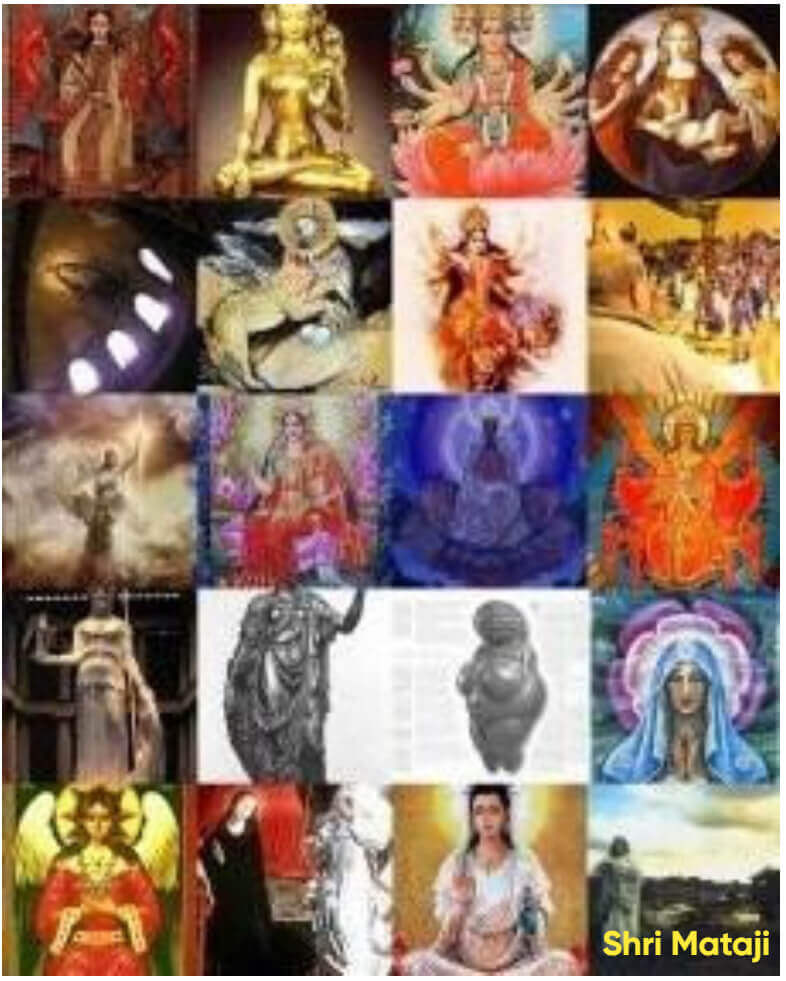High Caste Banyan Forced into Arranged Marriage with Lowly Peepal
The priest, Upendra Nath Pati, articulated the theological justification for the ceremony: “The Banyan and the Peepal tree are considered to be Lord Narayan and Goddess Laxmi respectively by us. And by getting them married we gain peace, prosperity and happiness.”
In the shadow of sacred groves, a high-caste Banyan is ritually wed to a lowly Peepal, a sham orchestrated by parasitic priests to perpetuate their centuries-old stranglehold over the Hindu masses. This so-called sacred union is no celebration of nature but a calculated act of social control, cloaking caste oppression in ritualistic garb. These priests, thriving on idol worship, exploit devotion to enforce a spiritual hierarchy that keeps the populace in bondage, subservience, and ignorance. The tree marriage ritual starkly reveals their manipulative grip, using tradition as a tool to maintain power and subjugate the masses under the weight of outdated, oppressive customs and rituals that keep their minds 'tattooed' with indelible indoctrination.
Table of Contents
Introduction
India, a civilization that has gifted the world profound spiritual philosophies, continues to be encumbered by the weight of archaic rituals and a rigid social hierarchy. This paper critically examines the enduring influence of the Brahmin priestly caste and its role in perpetuating ritualistic practices that, we argue, stymie the spiritual progress of hundreds of millions. Using the symbolic case of a tree marriage in Orissa, we will deconstruct how elaborate, priest-led ceremonies maintain a system of spiritual dependency, effectively preventing the masses from achieving genuine Self-realization and higher states of Consciousness. This analysis is framed within the context of a broader critique of institutionalized religion, as encapsulated in the poignant dialogue between Jagbir and Pariah Kutta.
The Unbroken Chain of Priestly Authority
The authority of the Brahmin caste has remained a remarkably consistent feature of Indian society for centuries. As Keppens and De Roover note, the classical account of the Brahmin priestly class has seen “remarkable continuity” for over 150 years, with its core claims remaining largely “unaffected” by shifts in the study of religion.[1] This continuity is not accidental but is the result of a carefully constructed system of social and religious control. The Brahmins, a minority lacking in military or economic power, leveraged their “ritual status” to forge a “special alliance with the warrior-ruler class.”[1] They positioned themselves as the sole mediators between the human and the divine, the keepers of sacred knowledge, and the performers of essential rituals. This monopoly on the sacred allowed them to create and sustain a four-tiered social hierarchy that placed them at the apex.
The Tree Marriage: A Case Study in Ritualistic Subservience
The 2007 tree wedding in Balia village, Orissa, serves as a powerful microcosm of this dynamic. The event, where a banyan tree was “married” to a peepal tree, was not merely a quaint local custom but a performance of priestly power and communal submission.[2] The priest, Upendra Nath Pati, articulated the theological justification for the ceremony: “The Banyan and the Peepal tree are considered to be Lord Narayan and Goddess Laxmi respectively by us. And by getting them married we gain peace, prosperity and happiness.”[2]
This statement reveals the core of the issue. The priest is not merely facilitating a tradition; he is defining the sacred, investing inanimate objects with divine significance, and prescribing the ritual action necessary to attain spiritual and material rewards. The community, in turn, becomes dependent on the priest’s specialized knowledge and ritual performance. The “elaborate ceremony” with its “many small details” reinforces this dependency, creating a system where the path to the divine is not through inner realization but through external, priest-mediated action. This is a clear example of how ritual can be used as a tool of social control, keeping the populace in a state of “literal subservience to these parasite priests.”
The Illusion of Ritual and the Promise of Consciousness
The proliferation of such rituals stands in stark contrast to the profound spiritual philosophies that have emerged from the Indian subcontinent. The teachings of Advaita Vedanta, for example, posit that “pure consciousness, or cit, is the one fundamental substance” and that “everything in the universe is the manifestation of consciousness.”[3] The ultimate goal, or Moksha, is liberation from the cycle of birth and death through the realization of this fundamental unity. This is a path of inner awakening, of the “gradual silencing of the being from the outer to the inner.”[4]
Rituals like the tree marriage, however, lead the spiritual seeker in the opposite direction. They externalize the divine, placing it in trees, idols, and ceremonies, and they create a dependency on an external authority—the priest. This is the very mechanism of control that the dialogue between Jagbir and Pariah Kutta so powerfully critiques:
Pariah Kutta: “Awakening from minds tattooed by rabbis, priests, imams, pandits, monks, and gianis.” (April 19, 2025)
This “tattooing” of the mind is the process of indoctrination, the conditioning of belief that prevents individuals from seeking direct experience of the divine. The hundreds of millions who participate in and perpetuate these rituals are not, as the organizers of the tree wedding claim, fostering a love for trees or the environment. They are, in fact, reinforcing the very structures that prevent their own spiritual liberation. They are trapped in a cycle of ritualistic subservience, their minds “tattooed” by the authority of the priestly class.
Conclusion
The arranged marriage of a banyan and a peepal tree, while seemingly innocuous, is a potent symbol of a much larger and more insidious reality. It is a manifestation of a centuries-old system of control, a system that leverages the power of ritual to maintain the authority of a priestly elite and to keep the masses in a state of spiritual infancy. The path to true Self-realization and the awakening of Consciousness does not lie in the elaborate performance of external rituals but in the courageous turning inward, in the deconstruction of the mental “tattoos” of religious dogma, and in the direct experience of the divine that is the birthright of every human being. Until the hold of the “parasite priests” is broken, the spiritual progress of hundreds of millions will remain a distant and unrealized dream.
References
[1] Keppens, M., & De Roover, J. (2020). "The Brahmin, the Aryan, and the Powers of the Priestly Class: Puzzles in the Study of Indian Religion." Religions, 11(4), 181. https://www.mdpi.com/2077-1444/11/4/181[2] "Tree Wedding in Orissa Sends 'Green' Message." CNN-IBN, 16 May 2007. https://www.ibnlive.com/news/tree-weds-in-tree-in-orissa- village/40677-3.html
[3] Schweizer, P. (2020). "Advaita and the Philosophy of Consciousness without an Object." PhilArchive. https://philarchive.org/archive/SCHAAT-52
[4] "Self-Realization, Atma Bodha, in Hinduism." Hinduwebsite.com. https://www.hinduwebsite.com/upanishads/essays/self-realization.asp
Tree Wedding in Orissa Sends 'Green' Message
Balasore, ORISSA (May 16, 2007)it's an auspicious occasion at Balia village in Balasore district of Orissa. The priest, the guests and many other small details needed for an elaborate ceremony are in place. But this is no ordinary event. These are invitees to a wedding where the groom is a banyan tree and the bride a peepal tree.
"The Banyan and the Peepal tree are considered to be Lord Narayan and Goddess Laxmi respectively by us. And by getting them married we gain peace, prosperity and happiness," said priest Upendra Nath Pati.
An age-old tradition, this wedding was organised by the village committee, along with a few plantation volunteers. Locals say such events foster love for trees.
"Such marriages encourage our regards for trees and helps in spreading awareness on plantation. It is a perfect platform to blend tradition with awareness on environment," said Pushpanjali Jena, plantation volunteer.
Once the ceremonies and the feast are over, the tree becomes a subject of worship for villagers. At a time when the world is debating global warming and climate change, it is perhaps such ceremonies that one cannot afford to ignore.
SOURCE: CNN-IBN
STORY URL: https://www.ibnlive.com/news/tree-weds-in-tree-in-orissa- village/40677-3.html
VIDEO: https://www.ibnlive.com/videos/40677/tree-weds-tree-in-orissa


